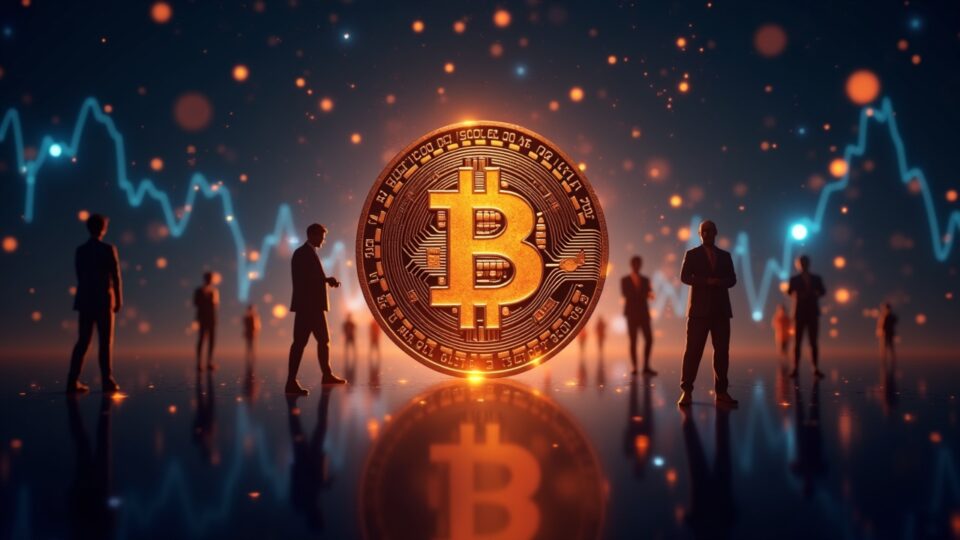While Bitcoin slips, HYPE is holding most of its recent gains as two Wall Street-style funds buy and hold the token. The move matters to derivatives traders, treasury desks and large funds, because if the buyers keep purchasing, perpetual swap liquidity may shift away from Bitcoin and toward HYPE.
A clear chain of deals and numbers shows why HYPE has moved against the wider market. Sonnet BioTherapeutics and blank-check firm Rorschach I LLC completed a reverse merger worth 888 million USD, forming Hyperliquid Strategies Inc. (HSI). The new entity now holds 583 million USD worth of HYPE in its treasury and has access to a further 1 000 million USD credit line earmarked for more HYPE purchases.
Lion Group Holding has built its own 600 million USD treasury, and HYPE is the main asset inside it. HSI is now trying to raise another 1 000 million USD from outside investors so it can buy even more tokens.
Hyperliquid functions as an independent Layer-1 blockchain with an on-chain order book. The team claims the network processes more than 200 000 orders each second and settles trades in under one second through a consensus method it calls HyperBFT.
Network performance and market activity
Activity data from DefiLlama show building momentum. Daily volume has reached 1.56 billion USD, while monthly volume has topped 18 billion USD. Open interest usually stays above 13 billion USD and peaked at 15.6 billion USD in July, and in that same month the platform collected 35% of all on-chain revenue in its sector.
Commentary from market participants underscores the trend. Shivam Thakral, CEO of BuyUCoin, puts it in plain terms: “Big companies are buying – demand rises, fewer coins circulate and institutions notice.” Arthur Hayes, co-founder of BitMEX, has told conference audiences that he expects the token to trade much higher in the next few years.
Targeted demand and deeper liquidity emerge when corporate treasuries stockpile a token and line up credit, putting a floor under the price and weakening the link to Bitcoin’s moves. Concentration risk increases if a handful of firms own most of the supply, because their buying or selling dictates price action.
The next checkpoint is the 1 000 million USD capital raise now under way at Hyperliquid Strategies. If the round succeeds, the firm will enlarge its HYPE stockpile, and observers will watch to see whether the fresh inflow leads to wider adoption or simply piles more risk into a few hands.

